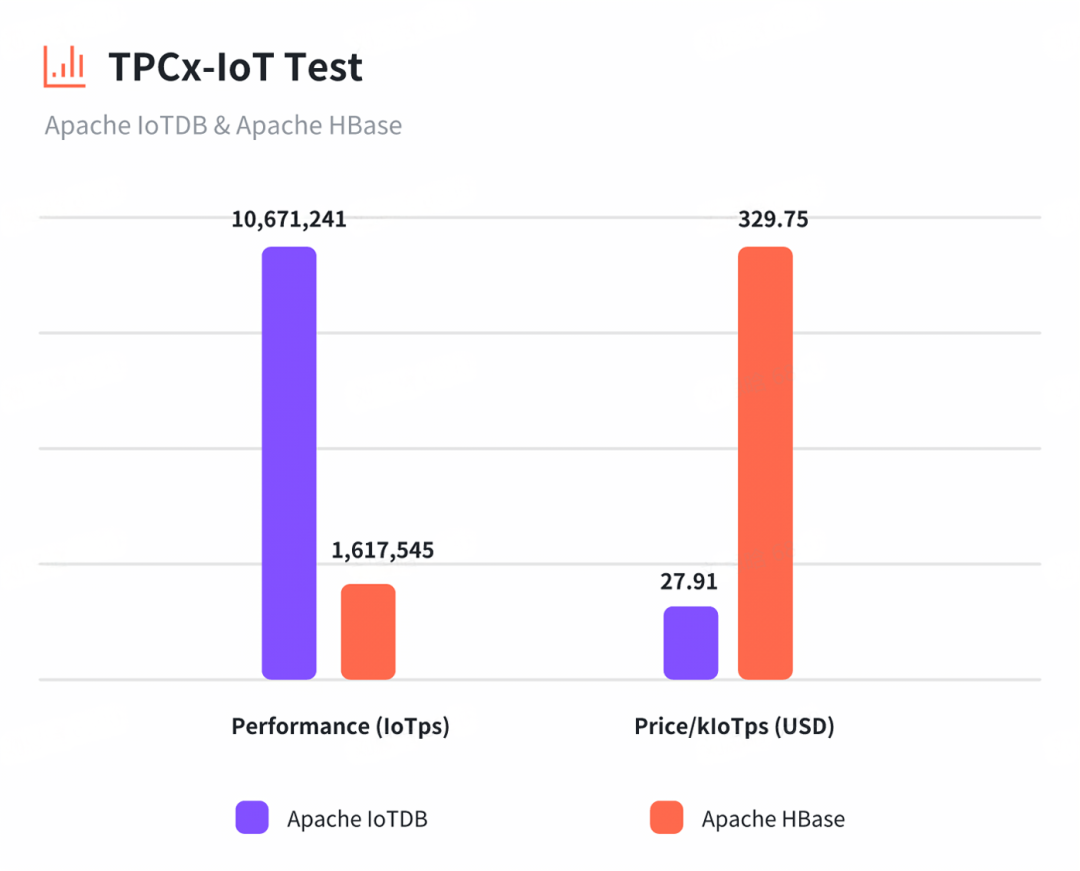在英语中,形容词和副词有三种基本形式:原级(positive degree)、比较级(comparative degree) 和 最高级(superlative degree)。比较级和最高级主要用于描述两个或多个对象之间的差异和极致属性。
1. 比较级和最高级的构成规则
1.1 单音节词的变化
单音节词(即只有一个音节的词)通常通过在词尾加“-er”和“-est”来构成比较级和最高级。这类词多为简单的形容词和副词。
- 例如:
- tall(高):taller(更高),tallest(最高)
- fast(快):faster(更快),fastest(最快)
- long(长):longer(更长),longest(最长)
注意:当单音节词以辅音字母结尾,且前面是一个短元音时,需要将最后的辅音字母加倍,再加“-er”或“-est”。
- 例如:
- big(大):bigger(更大),biggest(最大)
- hot(热):hotter(更热),hottest(最热)
1.2 双音节词的变化
对于双音节词(即有两个音节的词),有两种情况:
-
词尾为 -y 的形容词:先将“y”变为“i”,然后加上“-er”或“-est”。
- 例如:
- happy(快乐):happier(更快乐),happiest(最快乐)
- busy(忙碌):busier(更忙碌),busiest(最忙碌)
- easy(容易):easier(更容易),easiest(最容易)
- 例如:
-
其他双音节词:通常在前面加“more”和“most”来构成比较级和最高级。
- 例如:
- modern(现代):more modern(更现代),most modern(最现代)
- careful(小心):more careful(更小心),most careful(最小心)
- 例如:
注意:有些双音节词既可以加“-er”和“-est”,也可以加“more”和“most”,例如“narrow”可以变成“narrower / more narrow” 或“narrowest / most narrow”。不过一般而言,直接加“more”和“most”更为常见。
1.3 多音节词的变化
多音节词(即有三个及以上音节的词)通常只能在前面加“more”和“most”来构成比较级和最高级。
- 例如:
- difficult(困难):more difficult(更困难),most difficult(最困难)
- expensive(昂贵):more expensive(更昂贵),most expensive(最昂贵)
- important(重要):more important(更重要),most important(最重要)
1.4 不规则变化
一些常见的形容词和副词的比较级和最高级是不规则的,必须单独记忆。
- good / well(好):better(更好),best(最好)
- bad(坏):worse(更坏),worst(最坏)
- far(远):farther/further(更远),farthest/furthest(最远)
- little(少):less(更少),least(最少)
- many / much(多):more(更多),most(最多)
2. 使用比较级的基本规则
2.1 两者之间的比较
当比较两个对象时,通常使用比较级,并在后面加“than”来连接被比较的对象。
- 例如:
- She is taller than her brother.(她比她的哥哥高。)
- This book is more interesting than that one.(这本书比那本有趣。)
2.2 “越…越…”的结构
表示两个事物随之变化的结构时,可以用“the + 比较级,the + 比较级”的格式,强调两者之间的关联性。
- 例如:
- The more you practice, the better you will become.(你练习得越多,就会变得越好。)
- The faster you run, the more tired you feel.(你跑得越快,就越感到累。)
2.3 强调比较级
在一些场合,可以用much或far来强调比较级,表达更强烈的对比。
- 例如:
- This task is much easier than the previous one.(这项任务比之前那项容易得多。)
- She is far more talented than her peers.(她比她的同龄人有才华得多。)
3. 使用最高级的基本规则
3.1 一群中的极致
最高级表示在一群或一个范围内最突出的程度。通常使用“the + 最高级”,并表示出比较的群体。
- 例如:
- He is the tallest student in the class.(他是班里最高的学生。)
- This is the most expensive restaurant in town.(这是镇上最昂贵的餐厅。)
3.2 “of + 范围”结构
当指定一个比较范围时,通常用“the + 最高级 + of”来表示该范围内的极致。
- 例如:
- She is the smartest of all the students.(她是所有学生中最聪明的。)
- This is the most interesting book of all.(这是所有书中最有趣的一本。)
4. 特殊用法和需要注意的事项
-
early、late等兼作形容词和副词:这些词既可以用来修饰名词(作为形容词),也可以修饰动词(作为副词)。例如“early”变成“earlier”和“earliest”时,不管用作形容词还是副词,形式都相同。
- e.g., She arrived earlier than I did.(她比我到得早。)
-
比较级的强调:可以用“a lot”“far”“even”等词来进一步增强比较级的强度。
- e.g., This exam was a lot harder than the last one.(这次考试比上次难得多。)
5. 常见错误及注意事项
-
错误使用“more”与“-er”:一些双音节和多音节词不能直接加“-er”来构成比较级,而必须用“more”。
- 正确:more careful(更小心),而不是“carefuller”
-
双音节词“more”与“-er”的选择:部分双音节词可以加“-er”,如“narrow”,但使用“more”时表达更正式,尤其在书面语中更常用。
-
记住不规则变化:比如good - better - best,bad - worse - worst,不能写成“gooder”“worser”等。
-
避免重复使用“more”和“most”:例如不要说“more happier”或“most funniest”,正确的表达是“happier”或“funniest”。
6. 总结表格
| 词性 | 原级 | 比较级 | 最高级 |
|---|---|---|---|
| 单音节词 | tall | taller | tallest |
| 双音节词 | happy | happier | happiest |
| 多音节词 | beautiful | more beautiful | most beautiful |
| 不规则变化词 | good | better | best |
| 强调 | much/far | much/far better | - |
| “越…越…” | - | The more …, the more… | - |



















